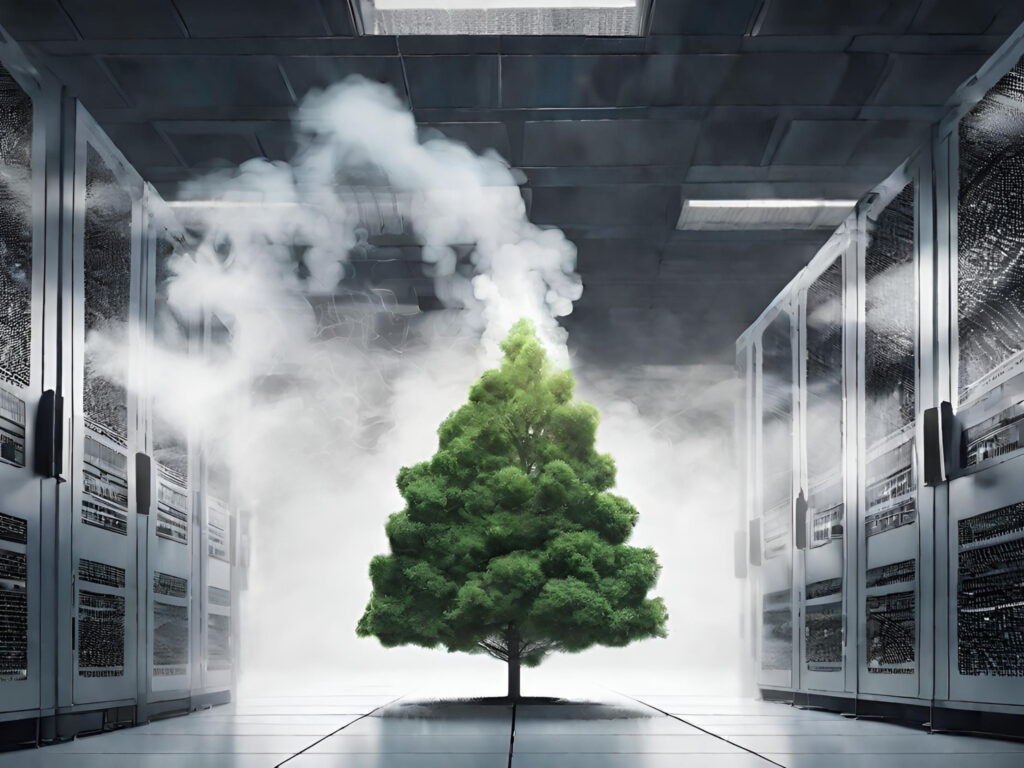
Robert Dupree, general partner at VC firm Alwyn Capital, argues that future foods and alternative proteins are key to winning the AI race.
If artificial intelligence (AI) is going to be the new determining factor for global hegemony, then energy dominance, food security, and water resilience must combine into a single integrated national security priority.
Securing a stable food supply is integral to defending national interests. A disrupted food system not only endangers public well-being but also undermines military readiness and economic stability, two pillars of national power. Alternative proteins can help build redundancy into our food system and will help to reduce vulnerability.
The US faces a growing array of security threats from China. As food, water, and energy become critical choke points, alternative protein R&D acts as a strategic hedge, ensuring US soldiers and citizens remain fed without requiring a massive resource footprint while maintaining traditional US farms and agriculture.
Alternative proteins are food ingredients created to replace or complement conventional animal-derived proteins. They include cell-based meat, precision fermentation, plant-based proteins, and molecular farming. Each is leveraging different technologies to produce sustainable, scalable, and functionally equivalent protein sources.
The climate problem plaguing AI and data centres

AI is the ultimate force multiplier, but it requires stable power and water. Both the US and China are scrambling to shore up these resources, and whoever integrates them first wins the AI race. As Chris Wright stated during his confirmation hearings: “The security of our nation begins with energy.”
What he was referring to is the energy needed to win the AI race against China. To run high-fidelity models, AI needs data centres, and data centres need lots of power. The power required for data centres alone will need to double by 2030, and President Trump is pushing to accelerate that timeline.
The US has invested $328.5B in AI. It is unlikely that China will be able to outspend us, but they will continue to limit our progress through halting exports of raw materials needed for chips and energy storage.
China has prioritised energy creation and brought its cost to below $0.08/kilowatt-hour, half that of the US, and they are masters of doing more with less. Deepseek has demonstrated that China is surpassing us by developing its model at a lower cost and without relying on high-performance chips.
China has prioritised building energy infrastructure, while the US energy industry has lagged. Building energy sources with speed and efficiency will be critical for the next several years in the US.
Small Modular Reactors take two to three years to construct, while larger nuclear reactors need five to seven years to build. The new Alaskan LNG pipeline won’t be delivered until 2031.
While China restricts exports of antimony and other rare earth materials, the scale of renewables like solar will be limited. Those timelines don’t work for doubling power within five years.
In contrast, a new shale gas well (the main energy source for the US) can be drilled and brought online in as little as a few weeks. That means we will be looking at doubling shale capacity to double our current power output and meet the demands of data centres. To do this, we need roughly 140,000 shale gas wells by 2030. As President Trump promises, the US will “drill, baby drill”.
During this period of power and data centre expansion, access to water resources will be essential. A new vertical shale gas well requires around two to four million gallons of water, and one data centre uses over three million gallons of water a day. This surge in demand will intensify pressure on all other water-intensive industries.
Farmers vs AI

Currently, half of the water from the Colorado River goes to agriculture, and most of that goes to growing feed for animals. Data centres and their energy sources will be in direct competition for this crucial water supply. Furthermore, states with the most farm revenue are also the ones targeting new data centres with tax incentives. This pits farm interests against AI development.
The amount of water the US uses for animal feed is astronomical. Corn is the leading feed grain in the US, representing more than 95% of the total feed grain production. In 2024, US corn production was estimated at 14.9 billion bushels. One bushel of corn requires 2,500 gallons of water to produce, and producing 14.9 billion bushels requires 37.25 trillion gallons.
In 2016, the total water consumption by the US livestock sector was 72.65 trillion gallons. In 2021, Google’s data centres consumed over three billion gallons of water, by 2023, that usage had doubled to six billion gallons.
Our water resources are heavily strained and in short supply. Arkansas aquifers are being depleted at an alarming rate, as is the largest US aquifer, the Ogallala Aquifer. As previously mentioned, our short-term energy supply will likely come from shale gas that will require two to four million gallons of water per new well.
US aquifers are already experiencing strain from data centres and agriculture, and the increased demand will see the US water supply further stressed. Cattle require immense amounts of water, water that is needed for AI innovation. Thus, it will be crucial for the US to promote domestic protein production that requires less water.
On top of being resource-intensive, cattle are slow to replace. The cattle cycle typically spans about 10 years from low point to low point. As of January, the US cattle inventory stands at 86.7 million heads, marking its lowest level since 1951. Given this stage in the cycle and the current low inventory levels, investing in alternative proteins will serve as a prudent strategy to mitigate potential supply disruptions and market volatility.
In addition to beef, the egg market volatility has been affecting the US consumer for the last three years. Egg prices are at a record high due to Avian Flu outbreaks, which have decimated the US chicken population – nearly 170 million birds have been lost over the last two years.
If the chicken and cattle industries were depleted, it would take 1.5 and two to three years, respectively, under optimal conditions, to get flocks and herds back to current levels. Alternative proteins allow for faster production and shorter lead times – many alternative proteins can be produced in a matter of days or weeks.
Dealing with disruptions

In 2023, the US suffered crop losses totalling $21B due to storms. A major storm, combined with a failing power infrastructure, limited resources for farms and factories, and storm-related delays, could cripple the economy of a country facing an isolationist policy.
Agriculture Secretary Brooke Rollins expects significant challenges for farmers and has committed to providing financial support to help them navigate the impact. This underscores the administration’s recognition that our food supply will face increasing disruptions.
The USDA predicts beef imports will continue at record prices for the next couple of years. As the US cattle herd has declined, beef imports, mainly from Canada and Mexico, have surged, doubling since 2013 and exposing vulnerabilities in our supply chain.
We are already seeing delays in cocoa and coffee production due to weather, leading to shortages and record-high prices. As more commodities fall victim to changing climate patterns, we will experience additional shortages and major disruptions in the US food system.
Since JBS, the world’s largest beef producer, and Smithfield, the largest pork producer in the US, are both foreign-owned, relying on overseas control of such critical industries could further complicate the supply chain.
Alternative proteins will alleviate the burden of securing reliable protein and reinforce our national security in an increasingly uncertain world. Establishing alternative proteins as a backstop, especially if the current trade war with China enters an extended period, will help to secure a stable US food supply.
Global dominance now hinges on AI, which in turn relies on both water and energy, resources that are increasingly scarce, making water a critical strategic asset. Feedstock for animal agriculture is one of the largest consumers of our water supply. Clinging to outdated systems vulnerable to supply chain disruptions, trade conflicts, and resource competition puts the US at a strategic disadvantage.
Alternative proteins, by contrast, require less water, are produced more quickly, and can be non-GMO, minimally processed, and free from vaccines or antibiotics.
To secure global hegemony, the US must embrace alternative proteins as a strategic hedge.
The post Opinion: To Win in AI, We Need to Win in Alternative Proteins appeared first on Green Queen.
This post was originally published on Green Queen.